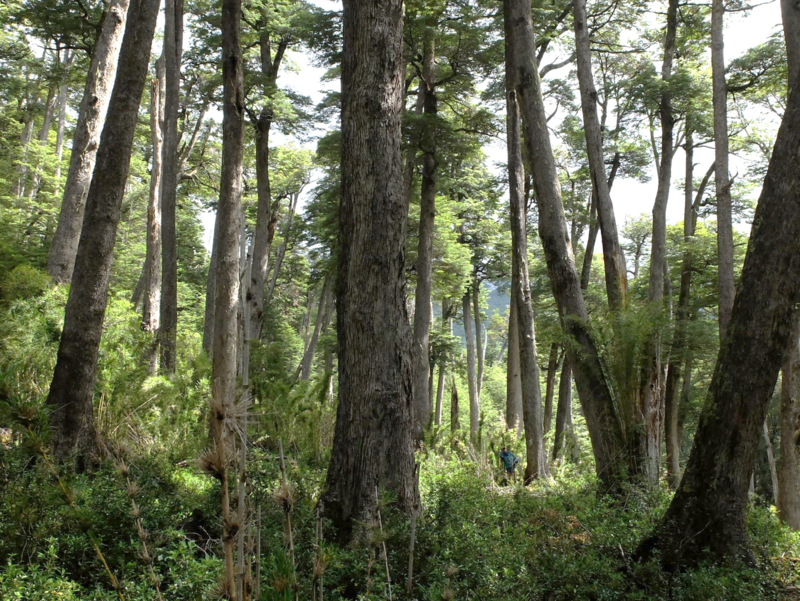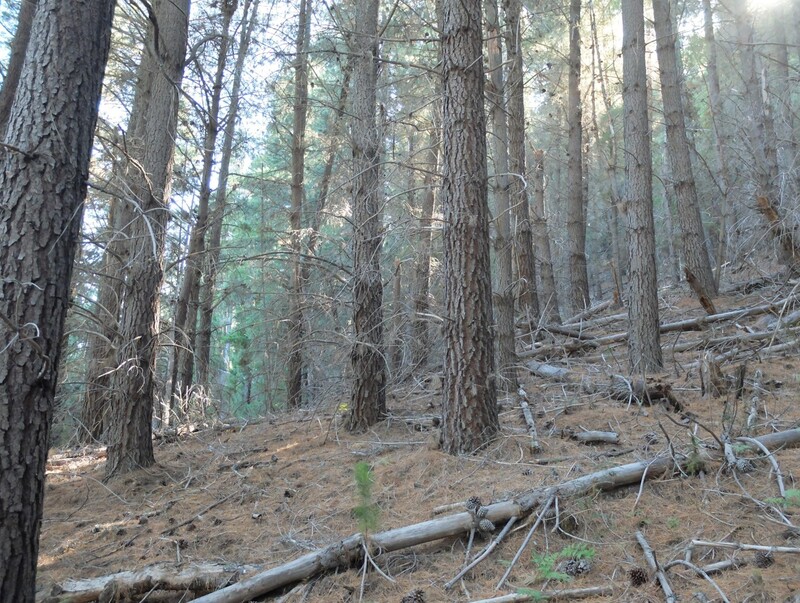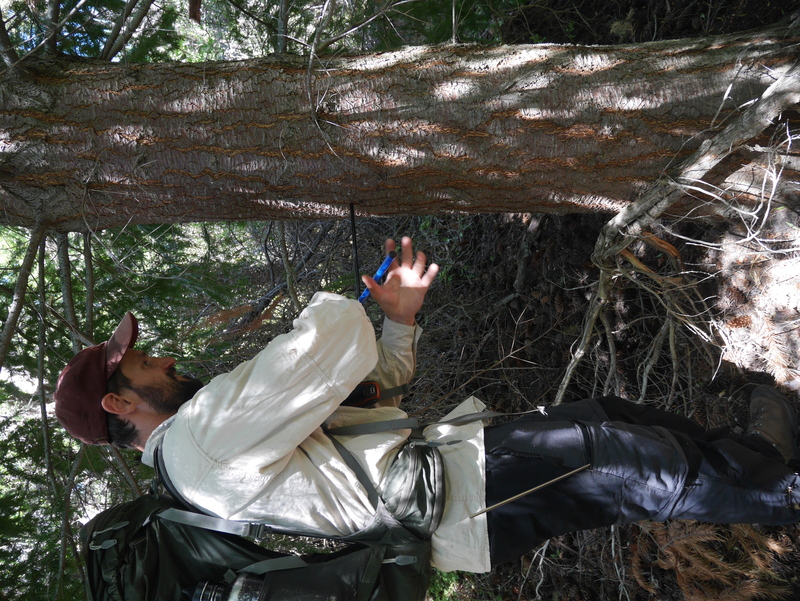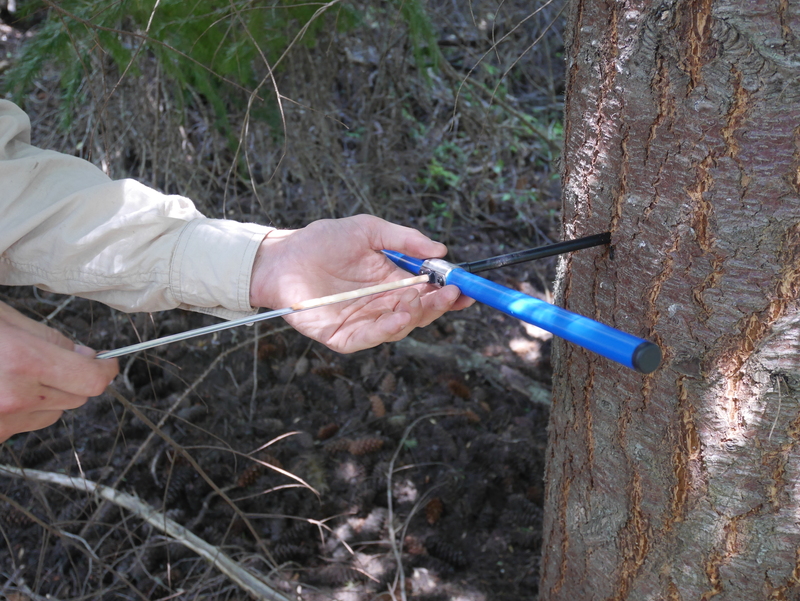Exotic Pine Plantations vs. Native Forests: New Study Reveals Higher Climate Resilience of Local Tree Species in Northern Patagonia
2025-07-24
A recent study from the University of Göttingen together with the Ecological-Botanical Garden (ÖBG) at the BayCEER/University of Bayreuth questions the long-assumed superiority of exotic pine plantations and highlights the advantages of native forests under climate change.Since the 1970s, exotic pine plantations have rapidly expanded across northern Patagonia, Argentina—often replacing native forests dominated by Coihue southern beech (Nothofagus dombeyi) and Chile cedar (Austrocedrus chilensis). The research team has conducted a direct comparison of growth dynamics, productivity, and climate vulnerability between exotic pine species (Pinus ponderosa, P. contorta, P. radiata) and adjacent, even-aged native forest stands.
Using dendrochronology and stable isotope analysis of stem wood, the study focused on the first 32 years of growth (the so-called stem-exclusion phase). The results show that although exotic pine stands reached their maximum basal area increment earlier, the native Coihue southern beech proved just as productive as the best-performing pine, Pinus radiata.


Stand of Coihue southern beech (left, Nothofagus dombeyi) and Monterey piner (right, Pinus radiata) (Foto: Ernesto Juan Reiter).
Climate stress as a key growth limiter All five tree species showed growth limitations under conditions of spring/summer drought and high temperatures. Interestingly, the most productive species were also the most sensitive to climate stress. Isotope signatures indicate that exotic pines lose more water through transpiration than native species—suggesting a less conservative water-use strategy that could become a liability under future climate scenarios.
Key takeaway: Exotic pine species are not necessarily more productive than native trees and may be more vulnerable to the impacts of climate change. Given their invasive nature and tendency to increase fire risk in the region, the authors recommend prioritizing the planting of native species and reducing the expansion of pine plantations wherever possible.
This study highlights the ecological value and climate resilience of native forests in Patagonia and offers science-based guidance for sustainable forest management in a warming world.
Original publication:
Exotic pine plantations vs. native forests in northern Patagonia: Comparing growth patterns and climate change vulnerability. Ernesto Juan Reiter, Robert Weigel, Helge Walentowski, Maria Melisa Rago, Alois Simon, Clara Pissolito, Christoph Leuschner. Forest Ecology and Management 595 (2025).
DOI: https://doi.org/10.1016/j.foreco.2025.122966
Contact:
Dr. Robert Weigel
Head of the Ecological-Botanical Garden
e-mail: robert.weigel@uni-bayreuth.de
Tel: +49 (0)921 55 2960


PhD student Ernesto Juan Reiter taking a drill core.

